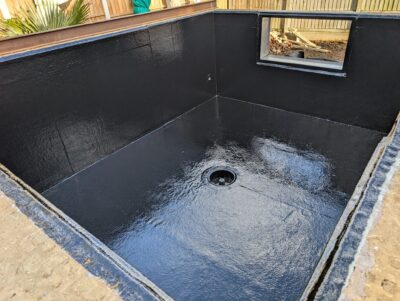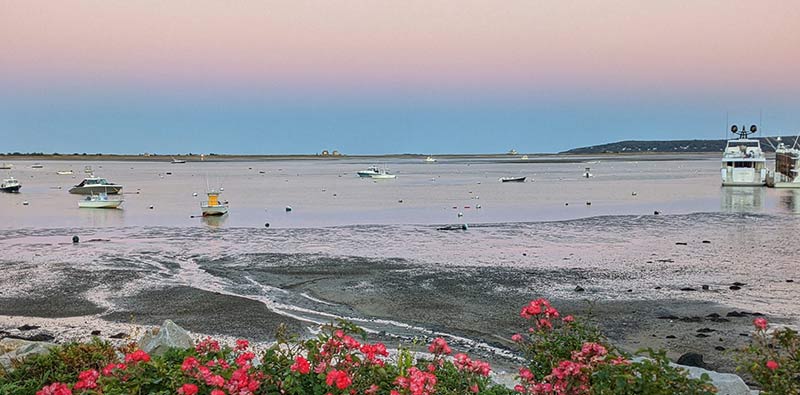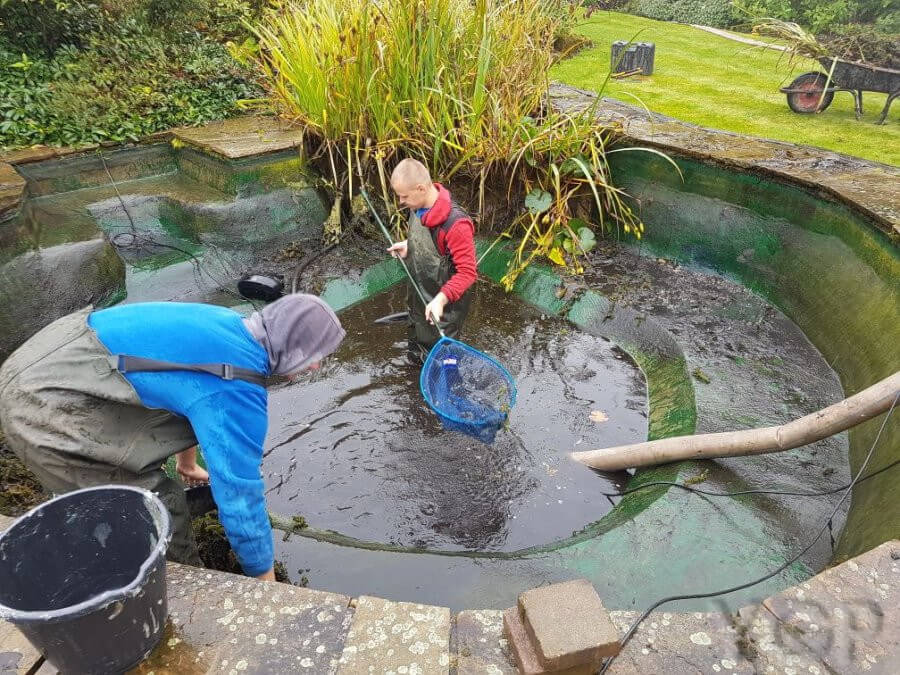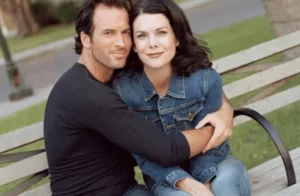How Long Do Koi Live? Insulation and Fibreglassing Tips for Enhancing Koi Pond Durability
Koi fish are known for their striking colors and serene beauty, often becoming the centerpiece of backyard ponds. As pond owners, you might find yourself wondering: how long do koi live? Koi can live for decades, with some even reaching an impressive 30, 40, or even 50 years under the right conditions. But the key to extending their life expectancy and ensuring their health isn’t just in feeding and water quality—it also lies in the structural integrity of your pond. That’s where insulation and fibreglassing come in.
If you’re looking to enhance the durability of your koi pond and create a stable, long-lasting environment for your beloved fish, insulation, and fibreglassing are two of the most effective methods. In this article, we’ll explore how these techniques can improve the lifespan of your pond, not only ensuring your koi live longer but also keeping your pond in prime condition year after year.
The Lifespan of Koi: How Long Do Koi Live?
Before we dive into pond insulation and fibreglassing, it’s essential to understand the factors that influence the lifespan of koi. Koi are hardy fish, but their longevity is influenced by several key elements, including water quality, pond environment, and—perhaps most importantly—the pond’s structural integrity.
In ideal conditions, koi can live between 25 to 35 years, but some have been known to live even longer when provided with optimal care. The question of how long do koi live is largely dependent on how well their pond environment is maintained, which brings us back to the importance of proper pond construction and maintenance. Insulation and fibreglassing play significant roles in ensuring your pond maintains the right conditions year-round.
Why Insulation Matters for Your Koi Pond
Insulation is one of the most effective ways to maintain a stable water temperature, especially in regions that experience extreme seasonal changes. Koi are cold-water fish, and while they can tolerate a wide range of temperatures, they thrive best in water that stays consistently between 59°F and 77°F (15°C to 25°C). Sudden temperature fluctuations can stress koi, leading to illness and even reduced lifespan.
In winter, uninsulated ponds can freeze, which not only disrupts the water chemistry but also limits oxygen exchange, leading to poor health for your fish. By insulating your koi pond, you can keep the water temperature within a safe range, preventing freezing in colder months and protecting the fish from extreme heat in the summer.
How Fibreglassing Enhances Pond Durability
Fibreglassing is another critical step in ensuring your koi pond stands the test of time. Fibreglass is a highly durable, waterproof material that offers a smooth, non-porous surface. This is essential for both maintaining water quality and ensuring the overall structural integrity of your pond.
Unlike concrete or bare soil, fiberglass surfaces are resistant to cracking, which can lead to leaks and water loss. Cracks can also create conditions for harmful bacteria to thrive, which can affect the health of your koi. A fibreglassed pond is much easier to clean and maintain, and it also helps prevent algae growth, keeping the water clear and healthy.
Another benefit of fibreglassing your koi pond is its resistance to UV light. Prolonged exposure to UV rays can degrade materials like concrete or plastic, leading to cracking and deterioration. Fibreglass is UV-resistant, helping to prolong the life of your pond and keep it looking beautiful for years to come.
How Insulation and Fibreglassing Work Together
When combined, insulation and fibreglassing create an incredibly durable and stable pond environment for your koi. Insulation ensures that the water temperature remains consistent, while fibreglass strengthens the pond structure, prevents leaks, and promotes easier maintenance.
Both techniques work in tandem to:
- Protect the fish: Stable temperatures and a durable pond structure ensure that your koi remain healthy.
- Minimize maintenance: A fiberglass-lined pond is easier to clean and less prone to algae buildup or leaks.
- Increase energy efficiency: Insulation reduces the need for external heating or cooling systems, which can save energy and lower operational costs.
The Process of Insulating and Fibreglassing Your Koi Pond
If you’re planning to insulate and fiberglass your koi pond, it’s essential to follow a few key steps to ensure the best results:
- Choose the right insulation material: Common options include foam boards or spray foam, both of which provide excellent thermal resistance. The insulation should be applied to the exterior of the pond, or between the pond’s liner and the ground, to keep the water temperature stable.
- Prepare the pond surface: Before applying fiberglass, make sure your pond’s surface is clean and dry. Any debris or moisture can prevent the fiberglass resin from adhering properly.
- Apply the fiberglass resin: Start by applying a layer of resin to the pond’s surface. Once the resin has dried, apply a second layer for extra strength. For a truly durable finish, add a layer of fiberglass matting or cloth between the resin layers.
- Cure and finish: Allow the fiberglass to cure completely before filling the pond with water. This ensures that the resin hardens fully, providing maximum durability.
FAQs about Koi Pond Insulation and Fibreglassing
Q1: How long does it take to fiberglass and insulate a koi pond?
A1: The time required depends on the size of your pond and the complexity of the project. Typically, fibreglassing and insulation can take a few days to complete, with additional time required for curing the materials.
Q2: Can I fiberglass my pond myself, or should I hire a professional?
A2: While fibreglassing is a skill that can be learned, it’s recommended to hire a professional if you’re not experienced. Incorrect application can lead to leaks or a suboptimal finish.
Q3: How often should I maintain a fibreglassed koi pond?
A3: Fibreglass ponds are low-maintenance, but it’s still important to regularly check for cracks or wear, especially around the edges. Additionally, cleaning the pond and maintaining water quality is crucial for koi health.
Q4: Will insulation help reduce my energy bills?
A4: Yes, insulation can help reduce heating and cooling costs by stabilizing the water temperature, particularly in extreme weather conditions.
Conclusion
The longevity of your koi is directly linked to the environment you create for them, and the structural integrity of your pond plant a huge role in maintaining a healthy, thriving habitat. By investing in insulation and fibreglassing, you’ll not only enhance the durability of your koi pond but also provide your fish with a stable, safe environment that promotes a long, healthy life. Whether you’re a new koi owner or a seasoned enthusiast, these techniques will help you create the best possible home for your koi, so they can thrive for many years to come.
Remember, if you want your koi to live to their full potential, ask yourself: how long do koi live? and consider how insulation and fibreglassing can extend their lifespan and ensure their well-being.














Post Comment